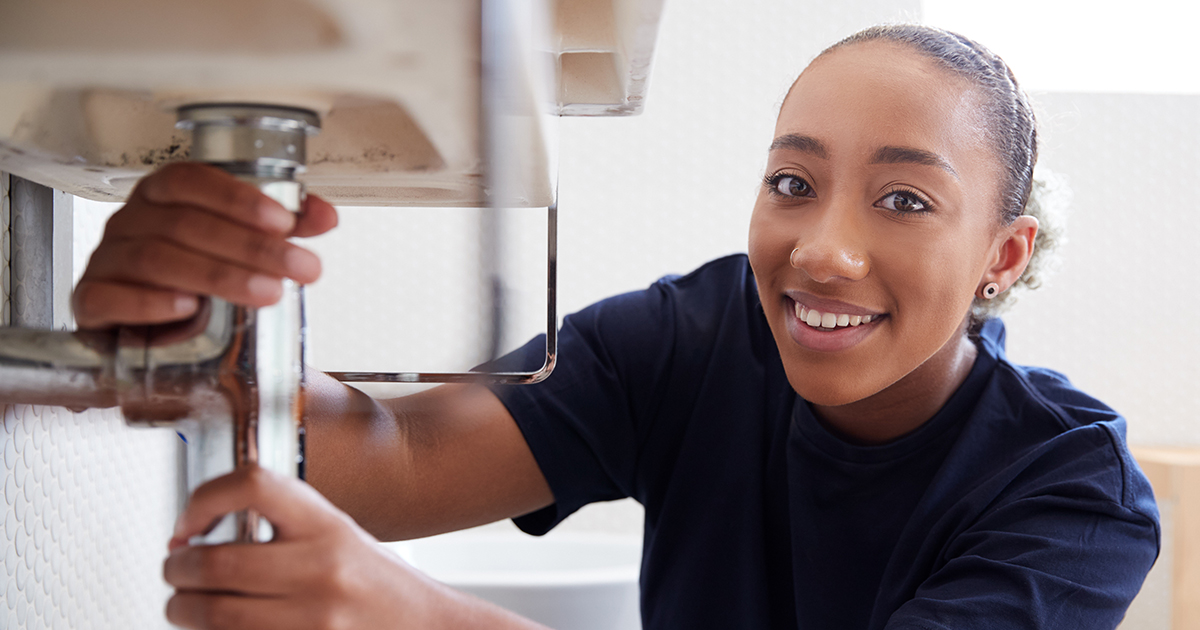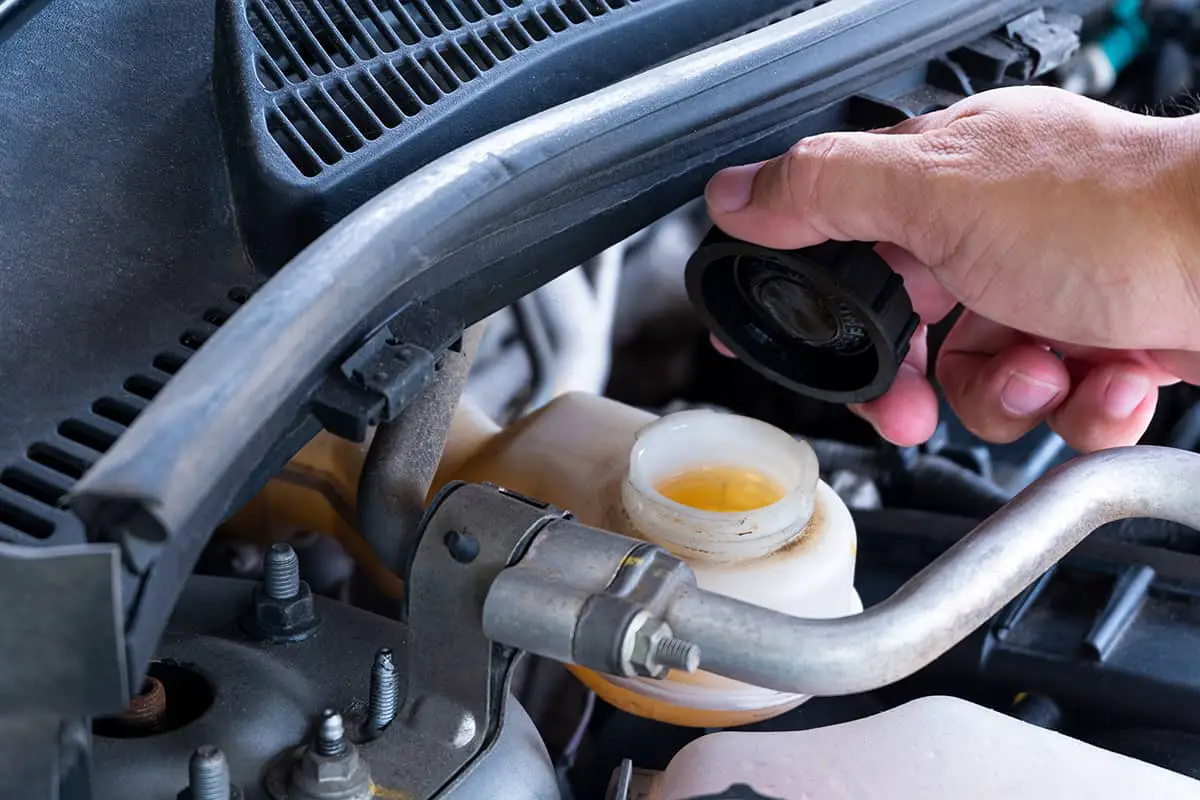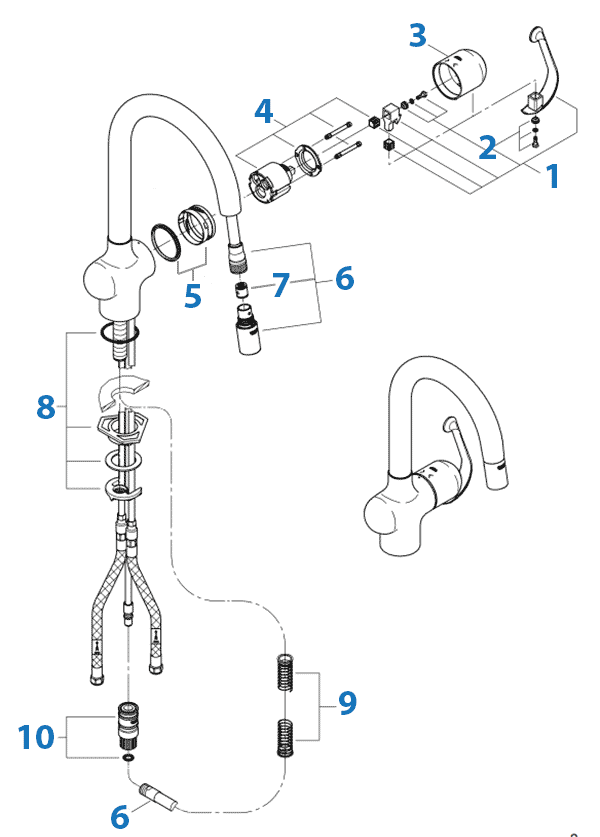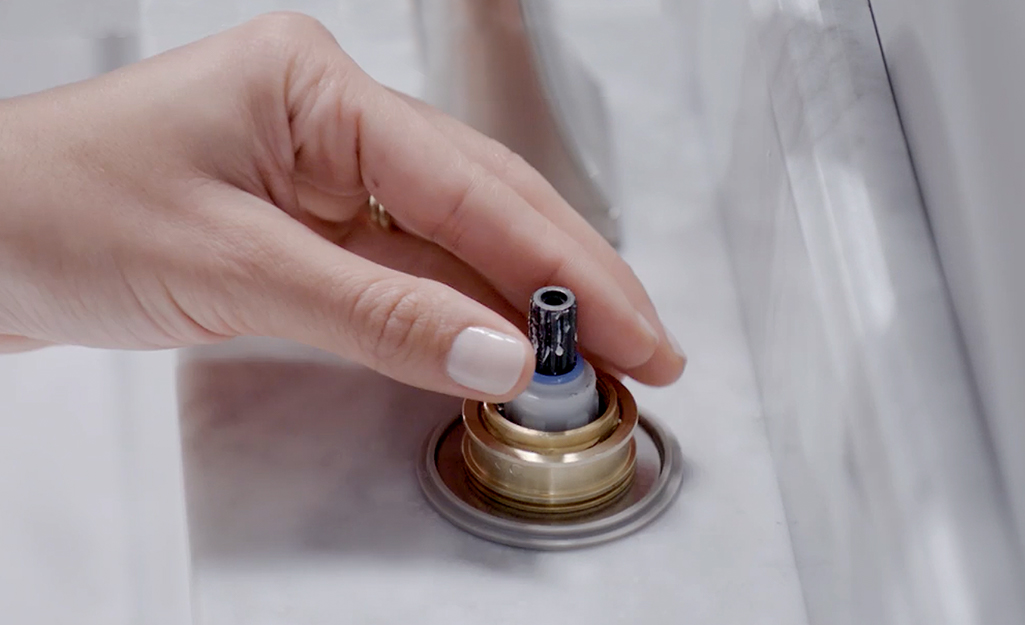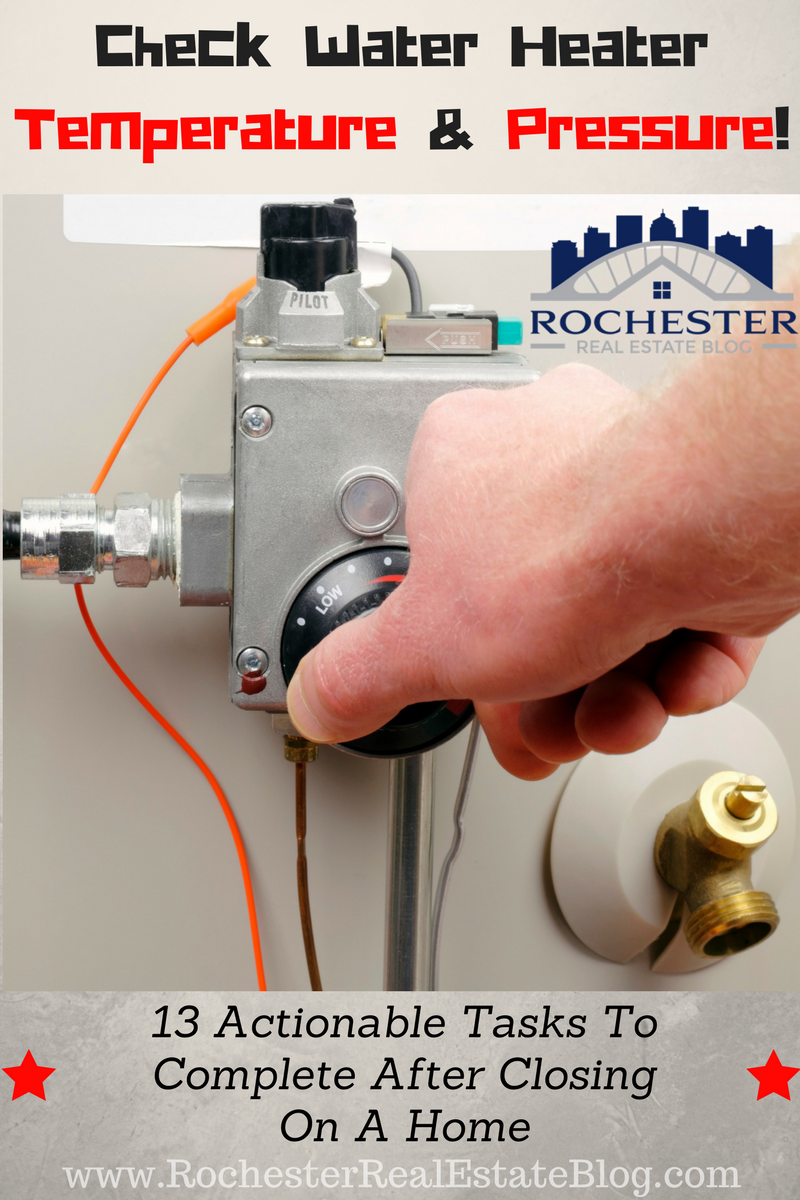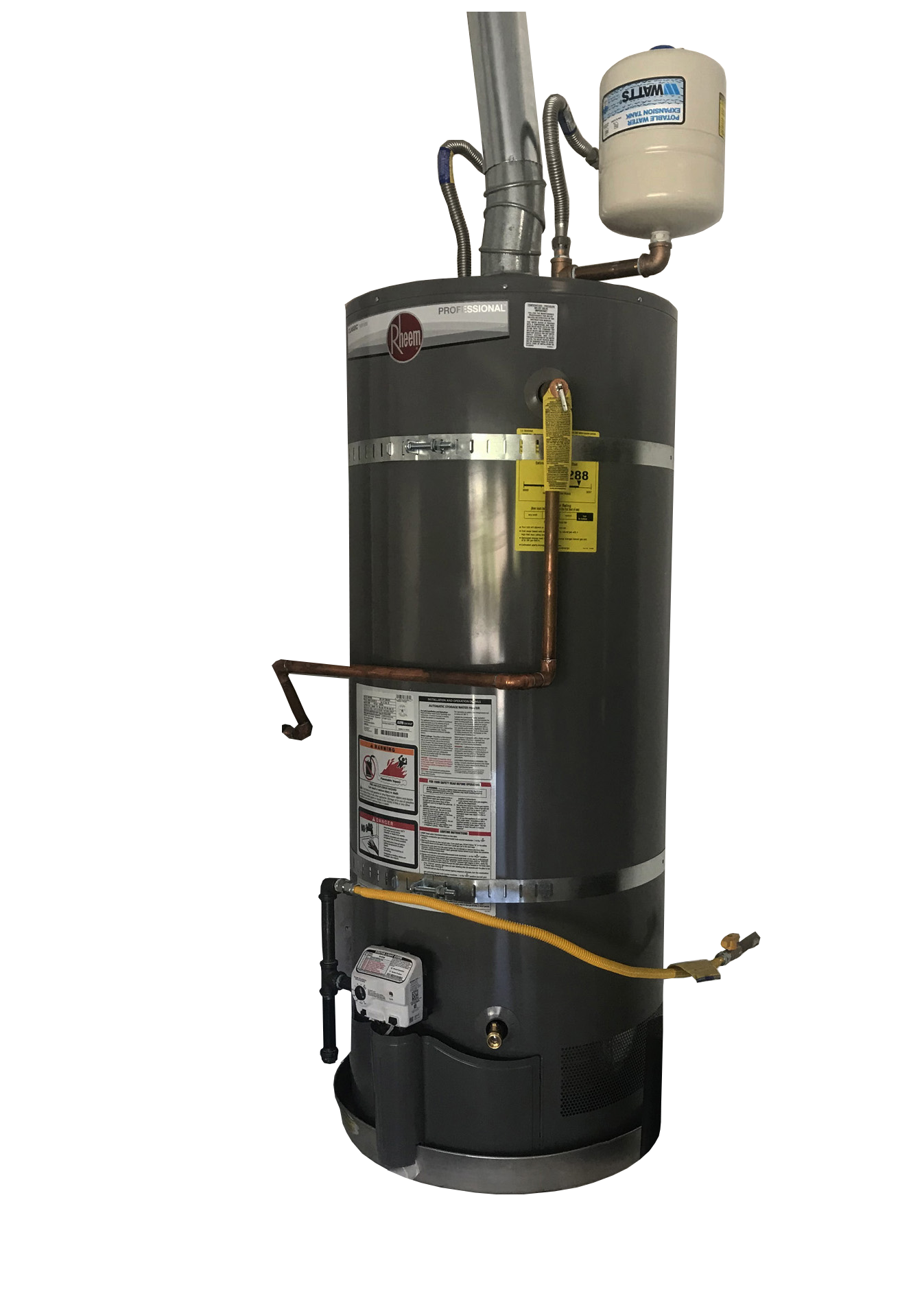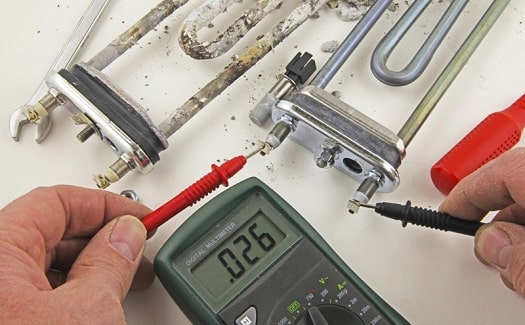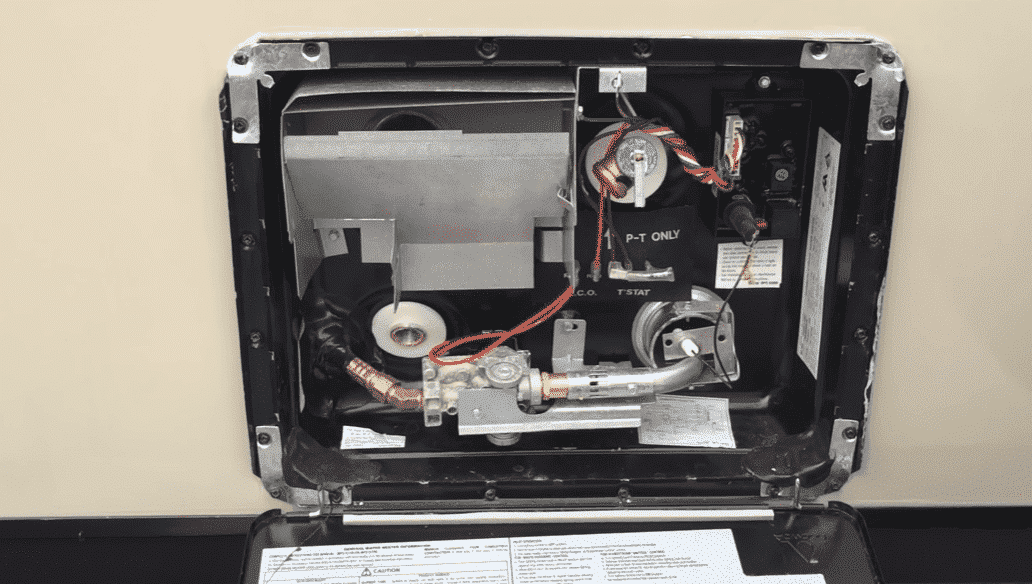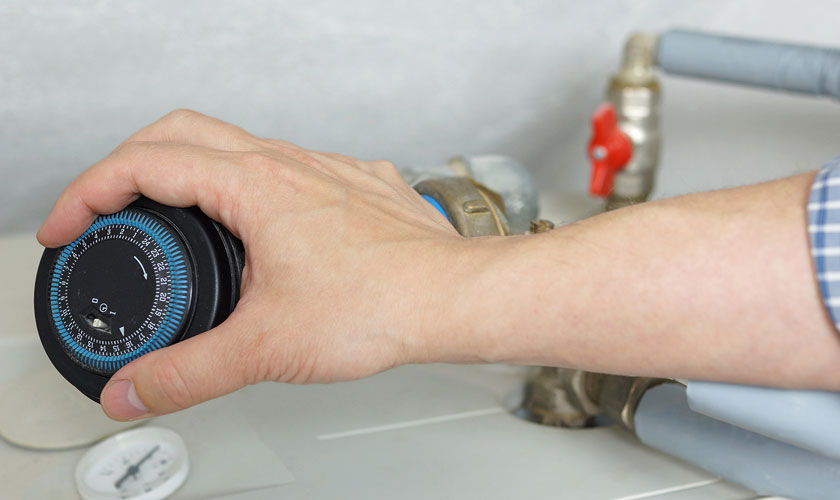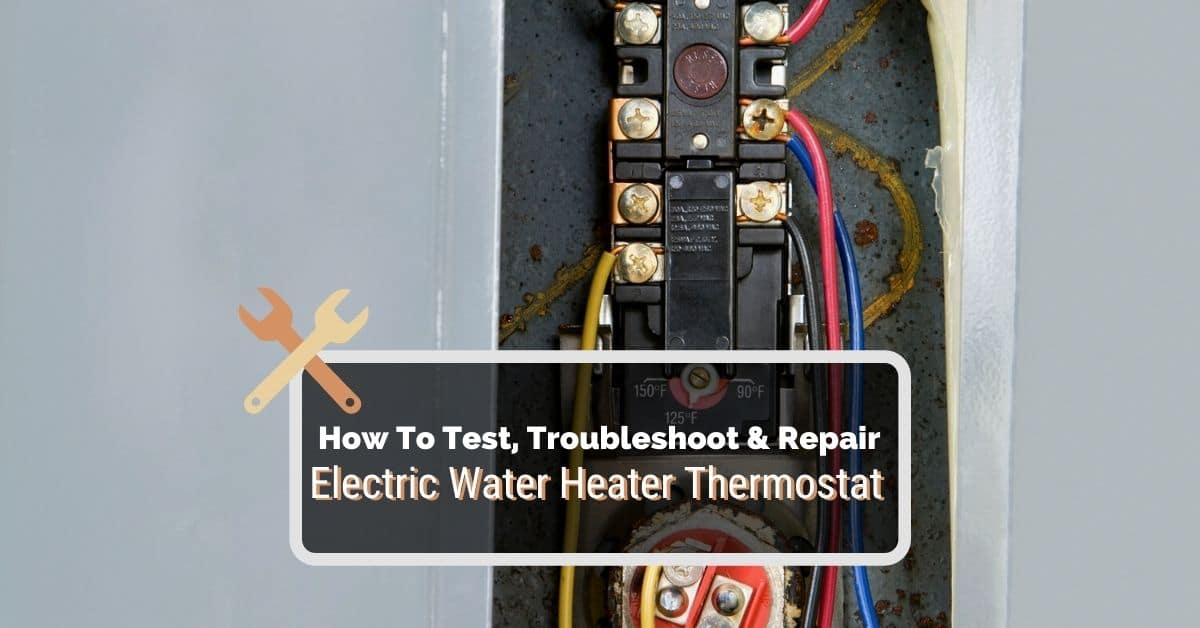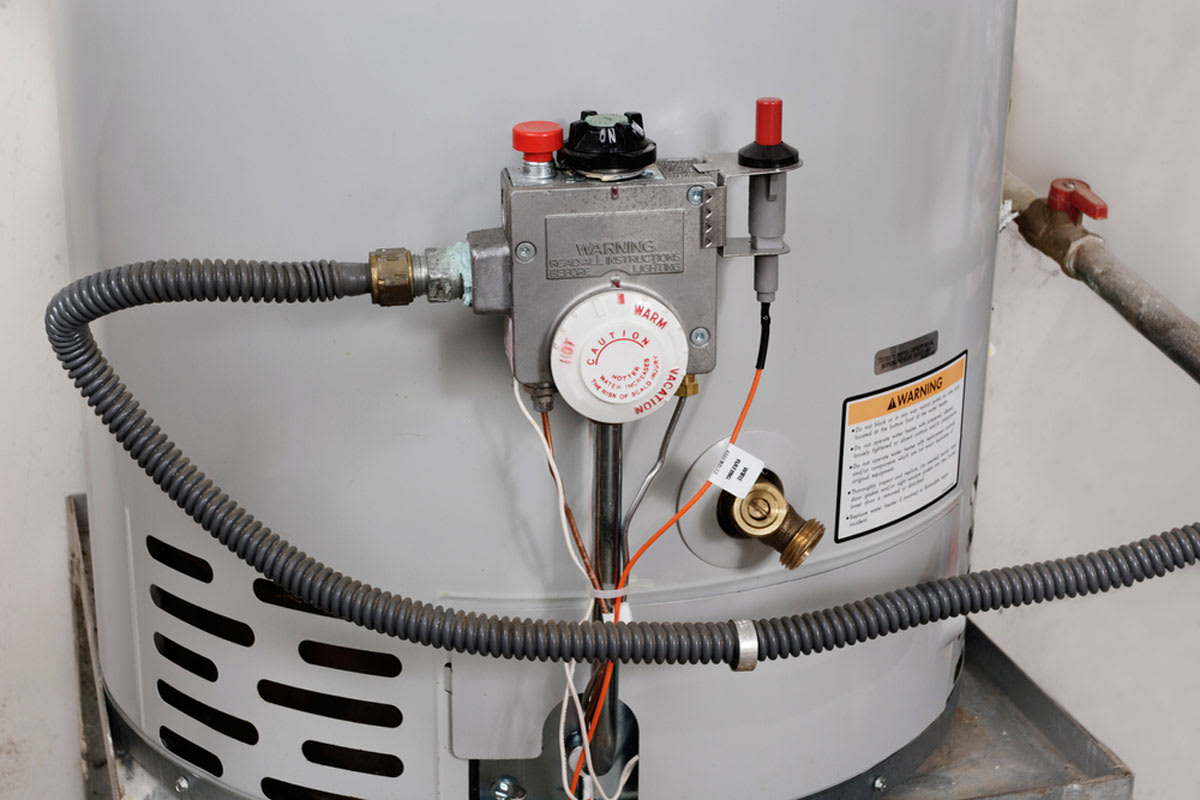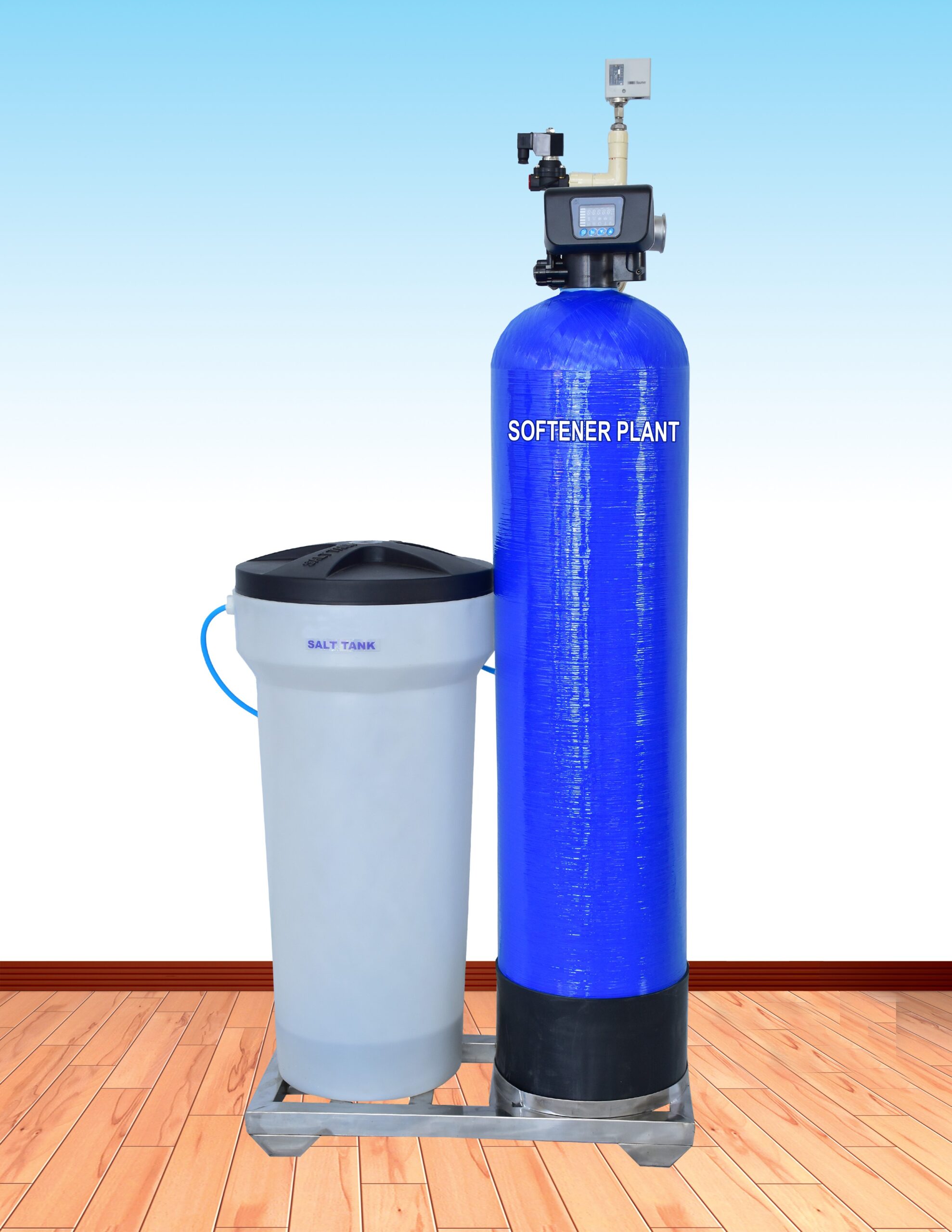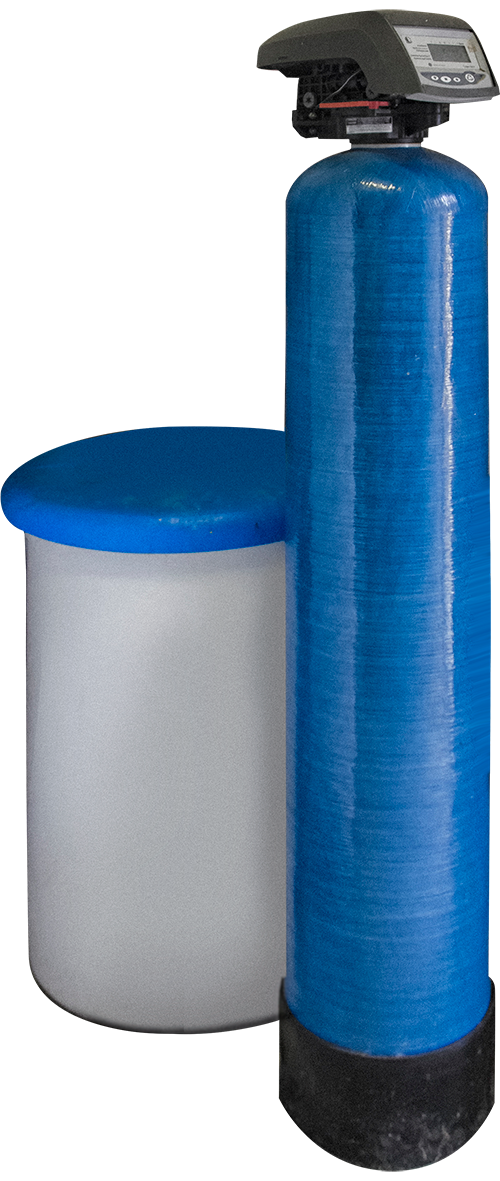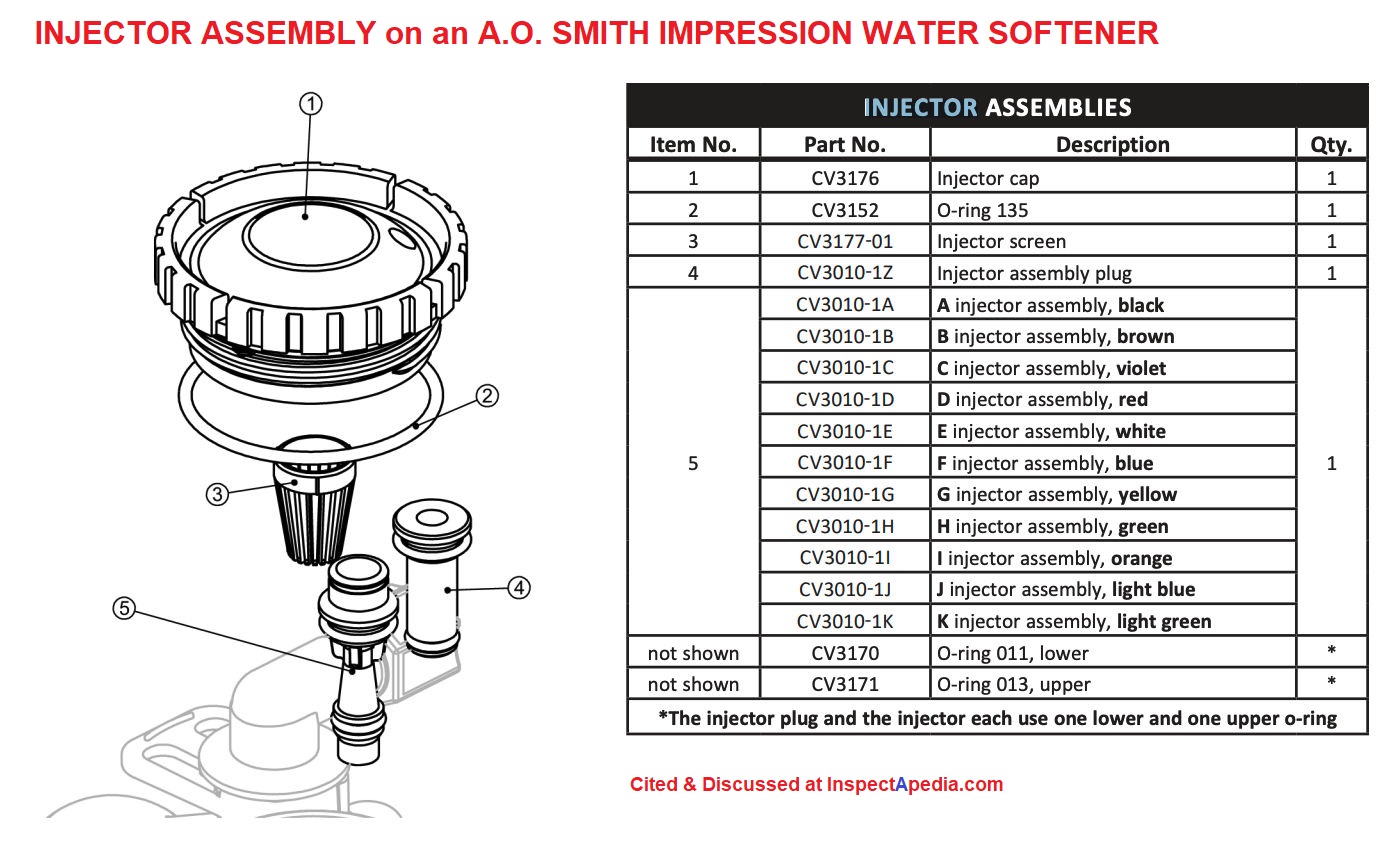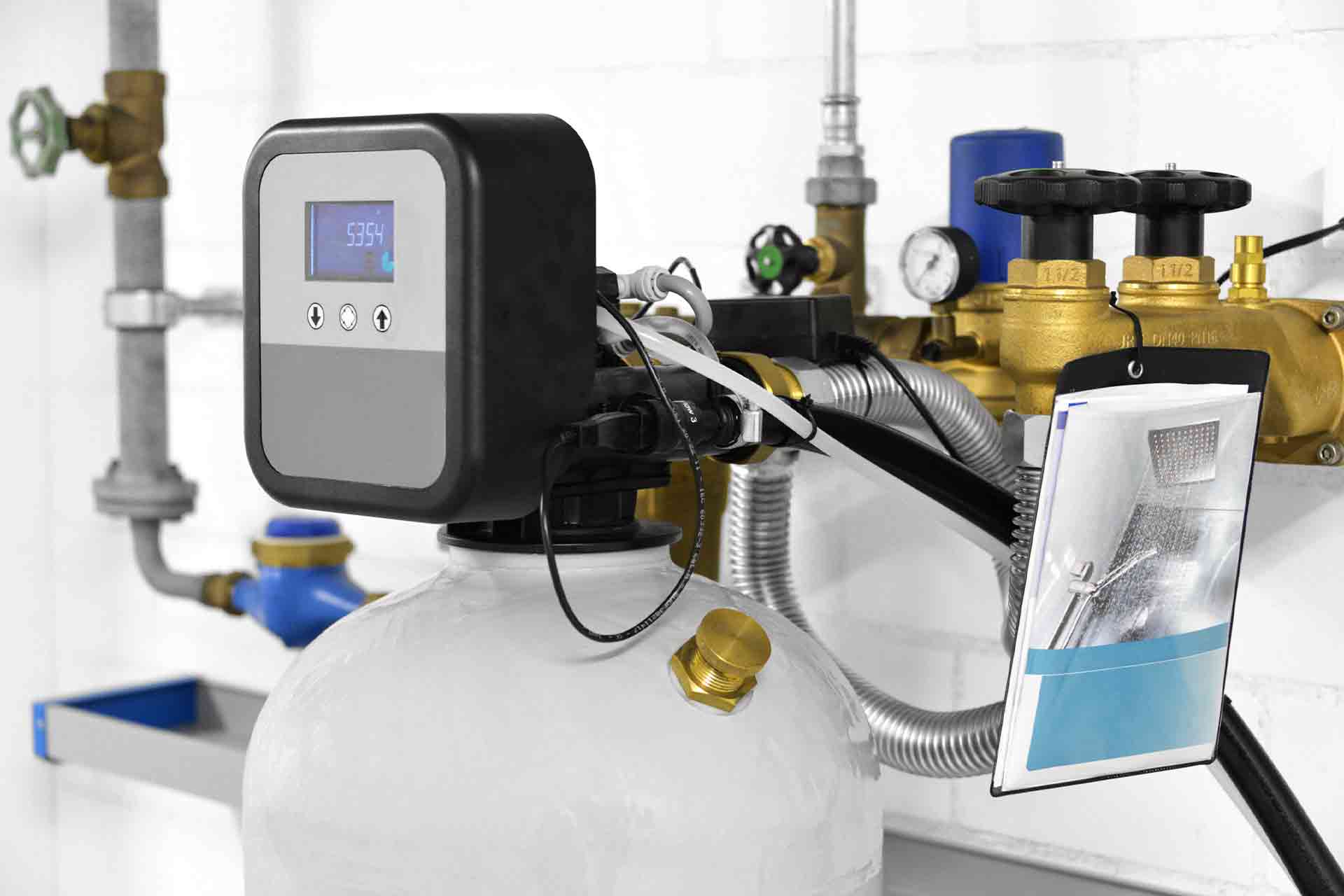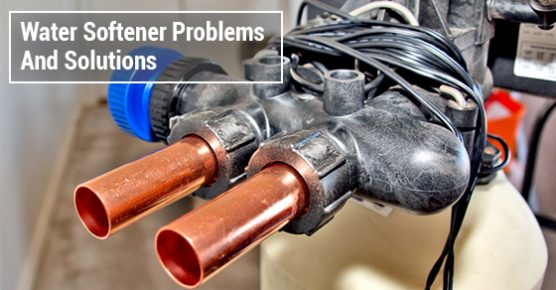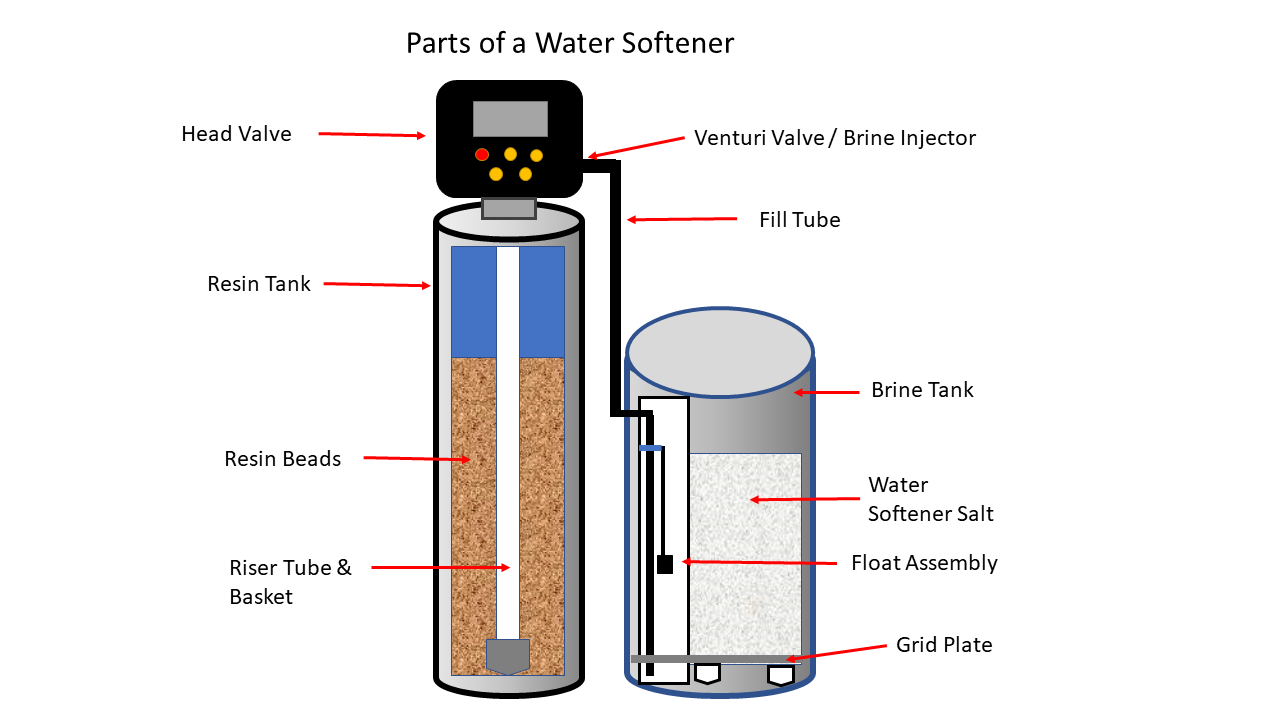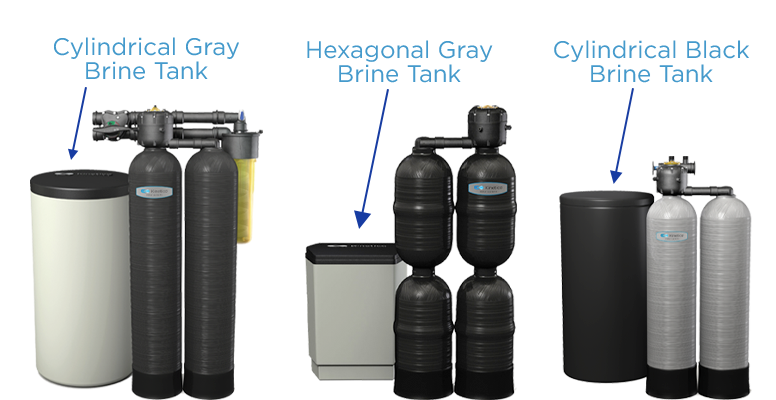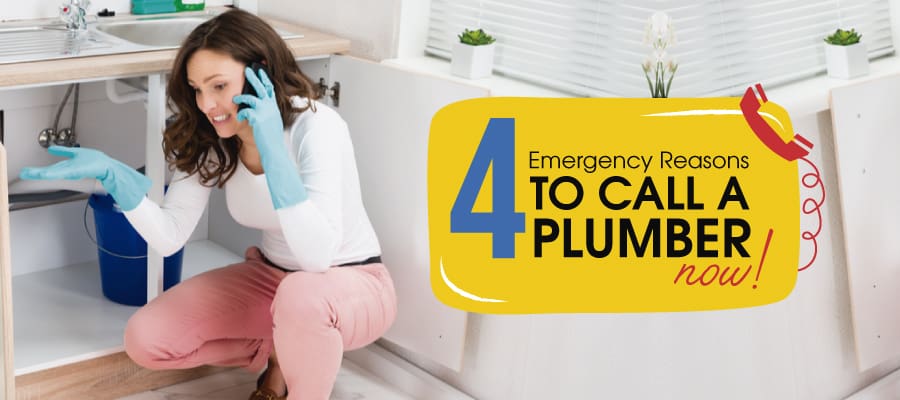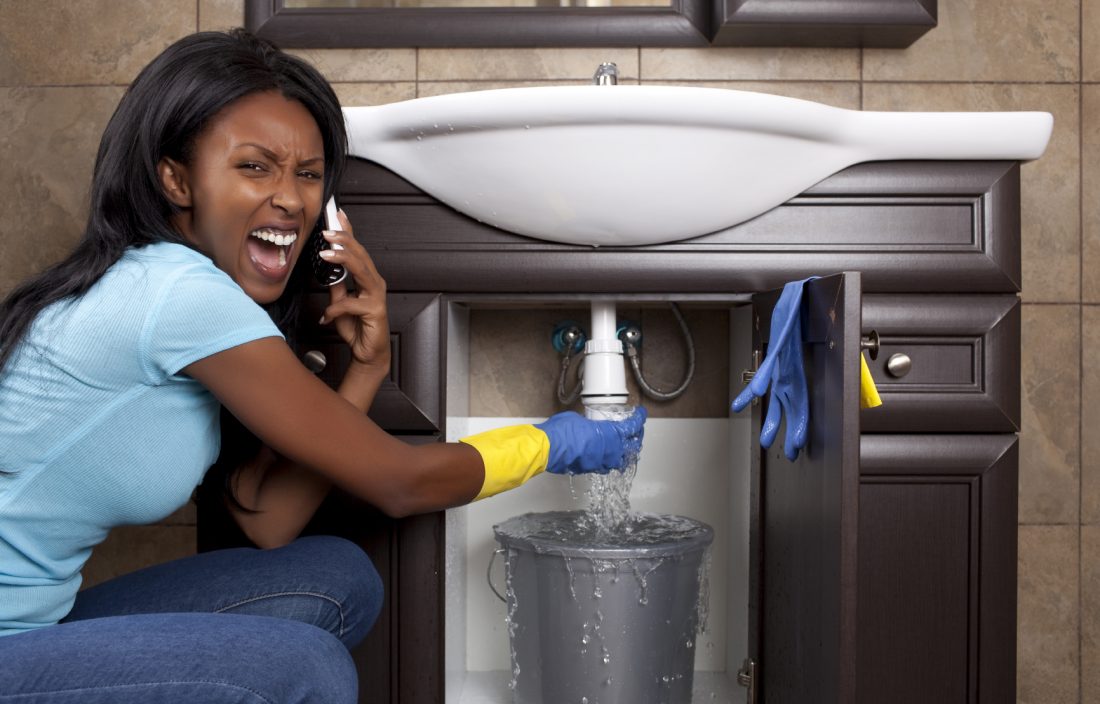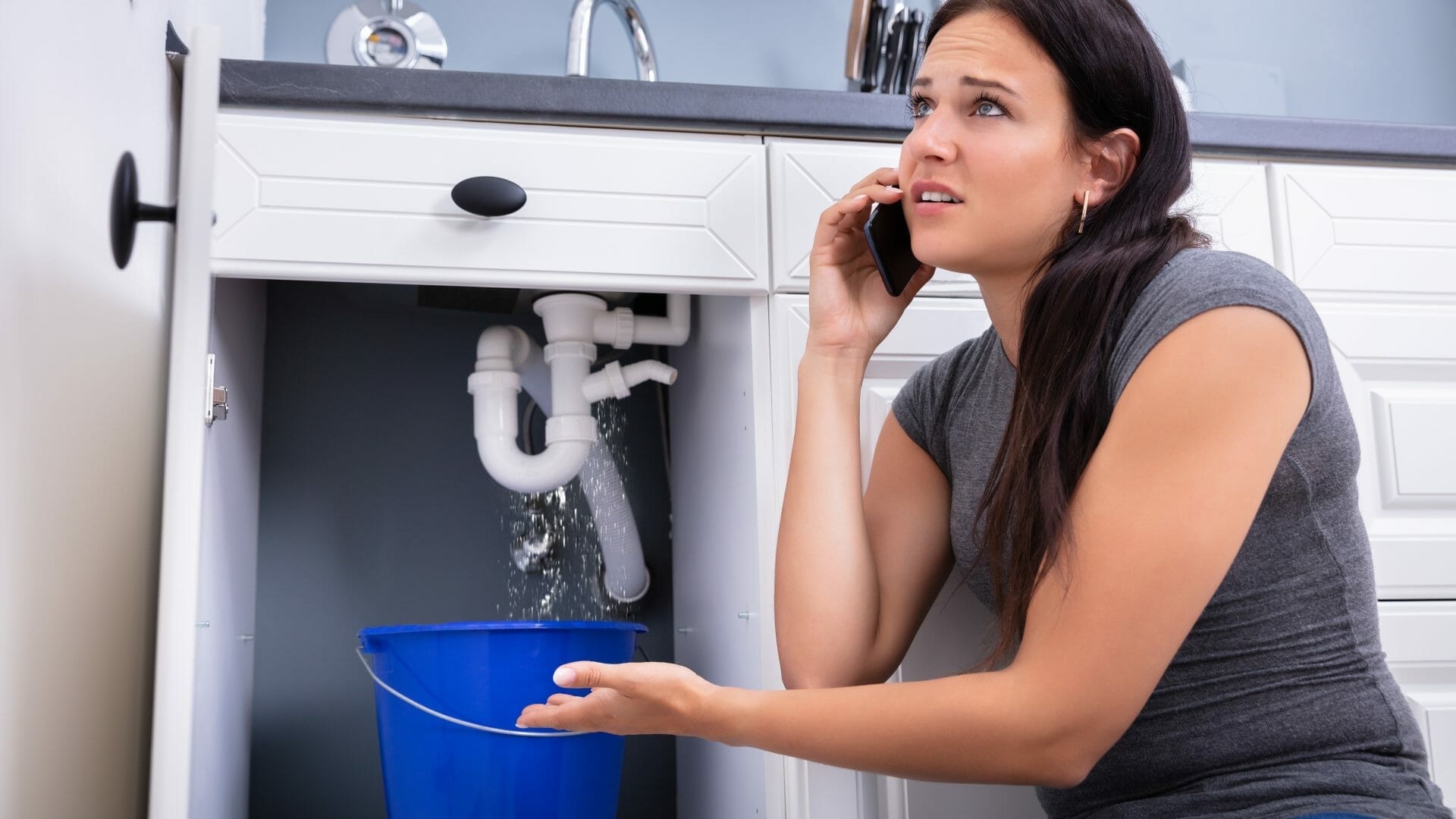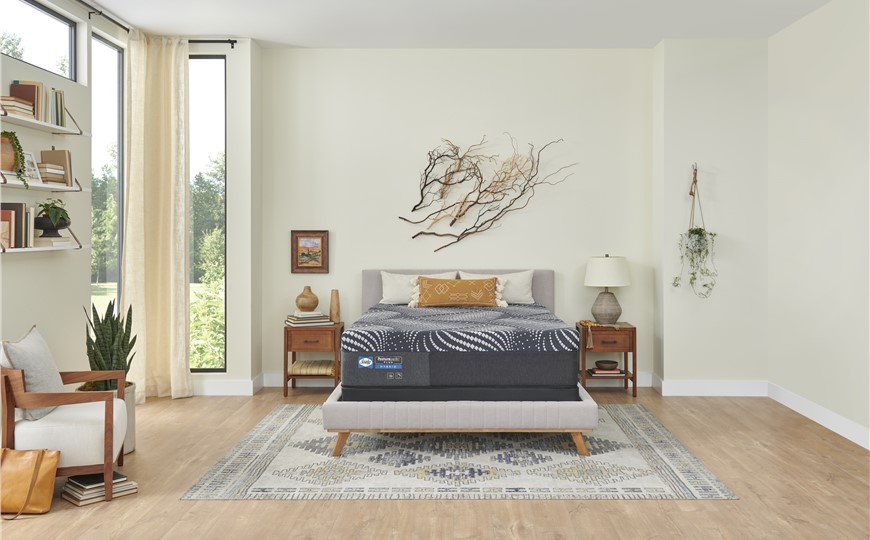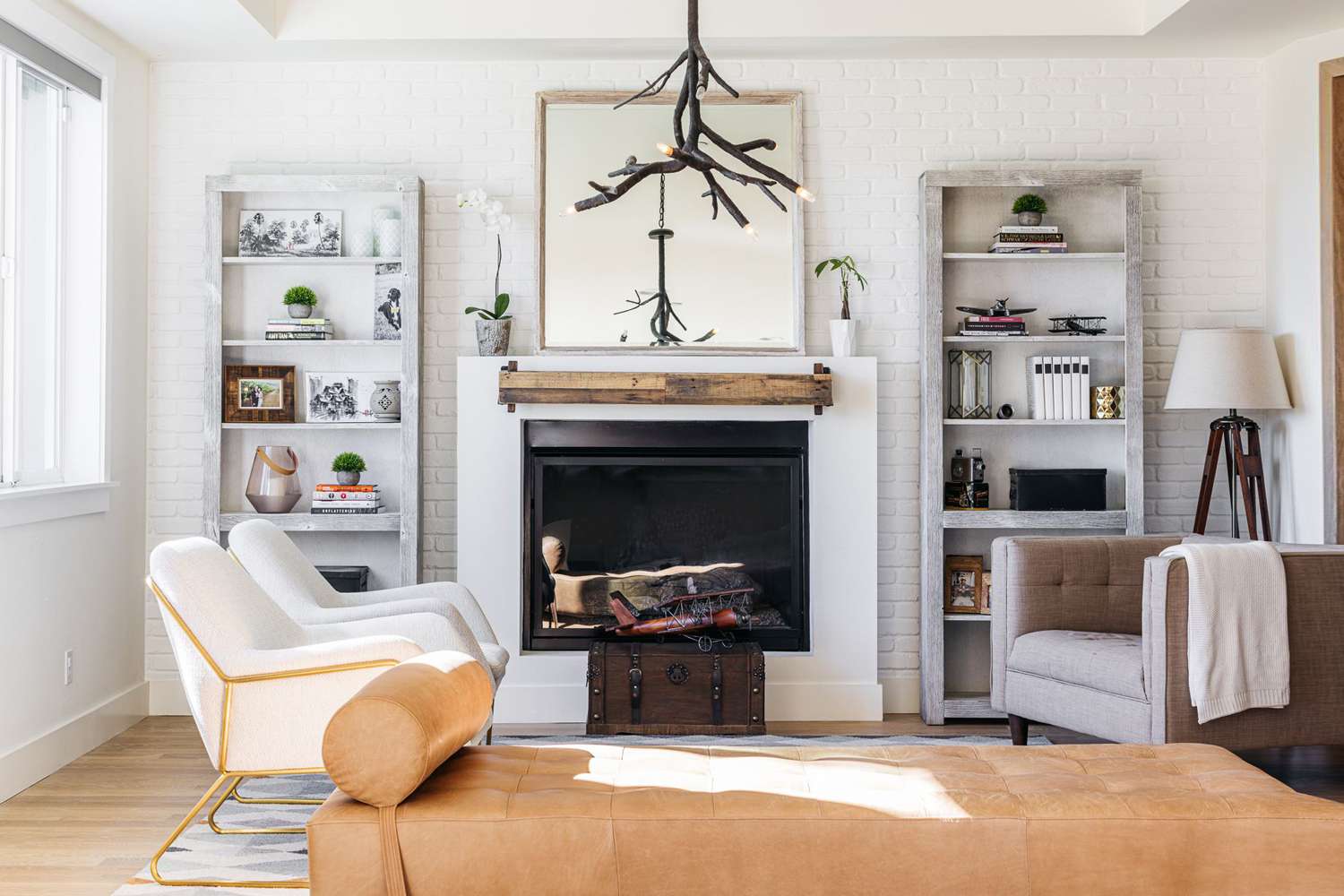One of the most common causes of low water pressure in a kitchen sink is a clogged aerator. The aerator is the small mesh screen attached to the end of the faucet. Over time, it can become clogged with mineral deposits and debris, hindering the flow of water. To check if this is the issue, unscrew the aerator from the faucet and clean it thoroughly. You can use a toothbrush and vinegar to remove any buildup. Once cleaned, reattach the aerator and turn on the water to see if the pressure has improved.Check the aerator
If the aerator is not the problem, the next step is to check the water supply. Make sure the main shut-off valve is fully open. If it is partially closed, it can restrict the flow of water to your kitchen sink. Also, check the water pressure in other faucets in your home. If they also have low pressure, the issue may be with the water supply to your house. In this case, you may need to contact your water company to address the problem.Check the water supply
Clogs in the pipes can also cause low water pressure in your kitchen sink. This can happen if food scraps, grease, or other debris get stuck in the pipes. To check for clogs, first, turn off the water supply to the sink. Then, place a bucket under the sink to catch any water that may spill out. Next, disconnect the pipes under the sink and check for any blockages. If you find a clog, use a plumbing snake or a plunger to clear it out. Once the pipes are clear, reattach them and turn the water back on to see if the pressure has improved.Check the pipes for clogs
If your kitchen sink has a separate shut-off valve, it is important to check that it is fully open. Sometimes, these valves can get partially closed, causing a decrease in water pressure. Make sure the valve is fully open and try running the water again to see if there is an improvement.Check the shut-off valve
Your home may have a water pressure regulator, which controls the pressure of water coming into your house. If this regulator is not functioning properly, it can cause low water pressure in your kitchen sink. To check if this is the issue, locate the regulator, usually near the main shut-off valve, and see if it needs adjusting. If you are not familiar with how to adjust the regulator, it is best to call a professional plumber for assistance.Check the water pressure regulator
Leaky pipes can also be a culprit for low water pressure in your kitchen sink. Check the pipes under the sink for any signs of leaks, such as water puddles or dampness. If you find a leak, it is important to fix it as soon as possible to prevent further damage. You may need to replace a worn-out pipe or tighten connections to stop the leak and restore water pressure.Check for leaks
If you have an older kitchen sink faucet, the cartridge inside may be worn out. This can cause low water pressure and may need to be replaced. To check the cartridge, turn off the water supply to the sink and disassemble the faucet. Look for any signs of wear or damage on the cartridge. If it looks worn, you can replace it with a new one to see if it improves the water pressure.Check the faucet cartridge
If your kitchen sink has low water pressure only when using hot water, the issue may lie with your water heater. Check the temperature setting on the heater to make sure it is set high enough. If it is set too low, it can affect the water pressure. You can also flush out the water heater to remove any sediment buildup, which can also affect water pressure.Check the water heater
If you have a water softener system in your home, it may be causing low water pressure in your kitchen sink. A malfunctioning or outdated water softener can restrict the flow of water, leading to low pressure. Check the system and make sure it is functioning properly. You may also need to replace the filters or schedule a maintenance service to improve water pressure.Check the water softener
If you have tried all the above steps and still have low water pressure in your kitchen sink, it may be time to call a professional plumber. They have the expertise and tools to diagnose and fix any plumbing issues that may be causing the pressure problem. They can also provide advice on how to prevent future issues and maintain good water pressure in your kitchen sink.Call a plumber
Why Is There a Loss of Pressure in Your Kitchen Sink?
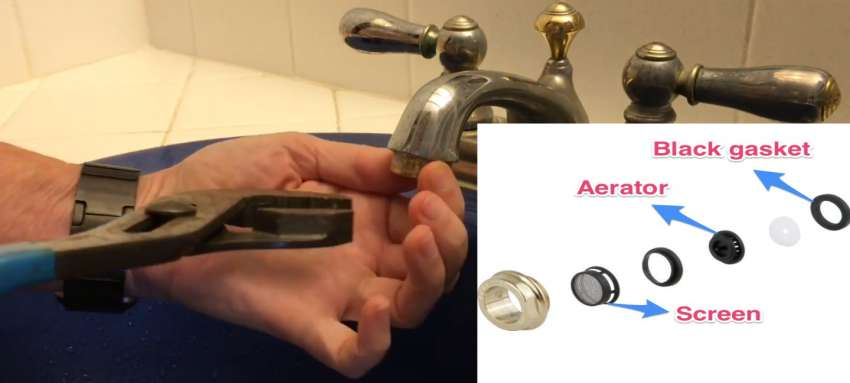
Possible Causes of Low Pressure in Your Kitchen Sink
 There are several potential reasons why you may be experiencing a loss of pressure in your kitchen sink. One common cause is a clogged
faucet aerator
. The aerator is a small mesh screen located at the end of your faucet that helps to regulate the flow of water. Over time, mineral deposits and debris can build up in the aerator, causing it to become clogged and restrict the flow of water.
Another reason for low pressure in your kitchen sink could be a
blocked or damaged pipe
. If there is a blockage in the pipes leading to your kitchen sink, such as from grease, food particles, or mineral buildup, it can impede the flow of water and result in low pressure. Additionally, if there is a leak or break in one of the pipes, it can also cause a decrease in water pressure.
There are several potential reasons why you may be experiencing a loss of pressure in your kitchen sink. One common cause is a clogged
faucet aerator
. The aerator is a small mesh screen located at the end of your faucet that helps to regulate the flow of water. Over time, mineral deposits and debris can build up in the aerator, causing it to become clogged and restrict the flow of water.
Another reason for low pressure in your kitchen sink could be a
blocked or damaged pipe
. If there is a blockage in the pipes leading to your kitchen sink, such as from grease, food particles, or mineral buildup, it can impede the flow of water and result in low pressure. Additionally, if there is a leak or break in one of the pipes, it can also cause a decrease in water pressure.
How to Fix the Problem
 If you are experiencing a loss of pressure in your kitchen sink, there are a few things you can try to fix the problem. First, check the aerator and clean it out if it is clogged. You can do this by unscrewing the aerator from the end of your faucet and rinsing it with water. If the aerator is damaged, you may need to replace it.
If the issue is with a blocked or damaged pipe, it is best to call a professional plumber. They will have the necessary tools and expertise to locate and fix the issue, ensuring that your kitchen sink has proper water pressure once again.
If you are experiencing a loss of pressure in your kitchen sink, there are a few things you can try to fix the problem. First, check the aerator and clean it out if it is clogged. You can do this by unscrewing the aerator from the end of your faucet and rinsing it with water. If the aerator is damaged, you may need to replace it.
If the issue is with a blocked or damaged pipe, it is best to call a professional plumber. They will have the necessary tools and expertise to locate and fix the issue, ensuring that your kitchen sink has proper water pressure once again.
Preventing Future Loss of Pressure
 To prevent a loss of pressure in your kitchen sink in the future, there are a few simple steps you can take. Regularly cleaning and maintaining your
faucet aerator
can help prevent buildup and clogs. You can also avoid pouring grease and food scraps down your kitchen sink drain to prevent pipe blockages. Additionally, be sure to promptly fix any leaks or damages in your pipes to prevent future issues with water pressure.
In conclusion, a loss of pressure in your kitchen sink can be caused by various factors, such as a clogged aerator or blocked/damaged pipes. By understanding the potential causes and taking preventative measures, you can maintain proper water pressure in your kitchen sink and avoid any frustrating disruptions in your daily routine.
To prevent a loss of pressure in your kitchen sink in the future, there are a few simple steps you can take. Regularly cleaning and maintaining your
faucet aerator
can help prevent buildup and clogs. You can also avoid pouring grease and food scraps down your kitchen sink drain to prevent pipe blockages. Additionally, be sure to promptly fix any leaks or damages in your pipes to prevent future issues with water pressure.
In conclusion, a loss of pressure in your kitchen sink can be caused by various factors, such as a clogged aerator or blocked/damaged pipes. By understanding the potential causes and taking preventative measures, you can maintain proper water pressure in your kitchen sink and avoid any frustrating disruptions in your daily routine.










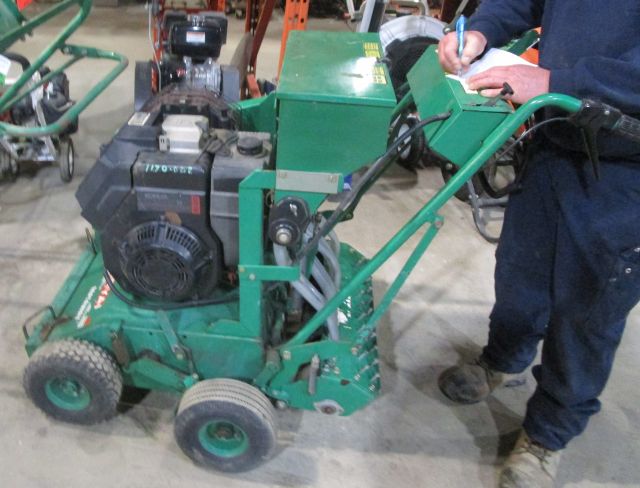
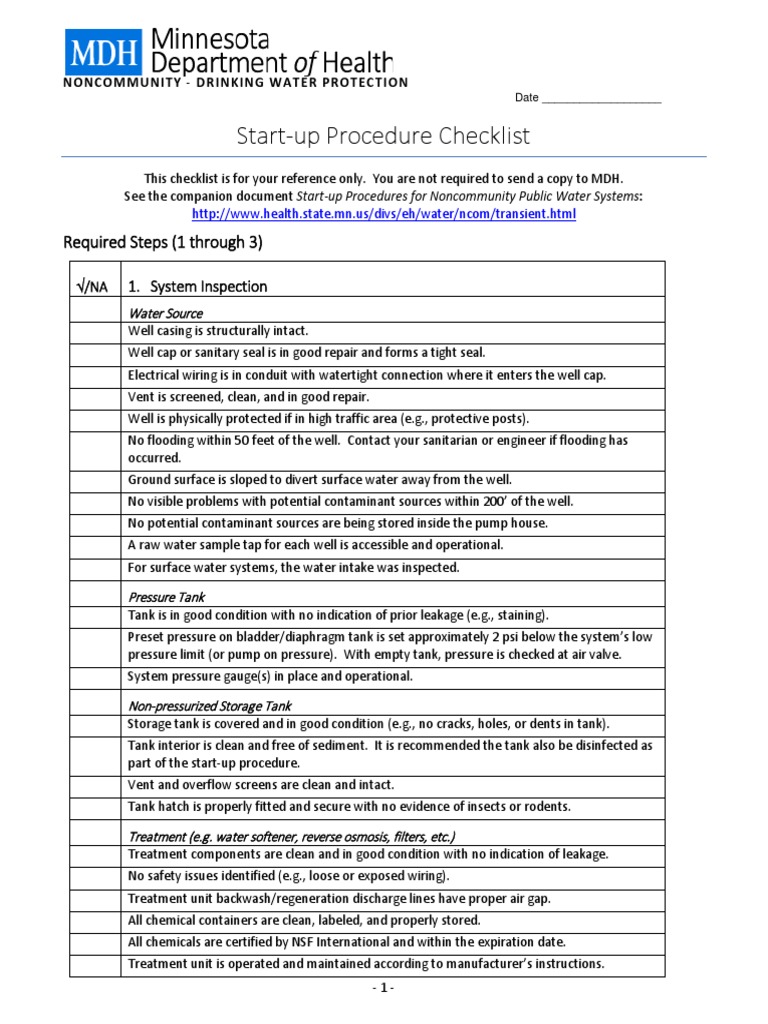

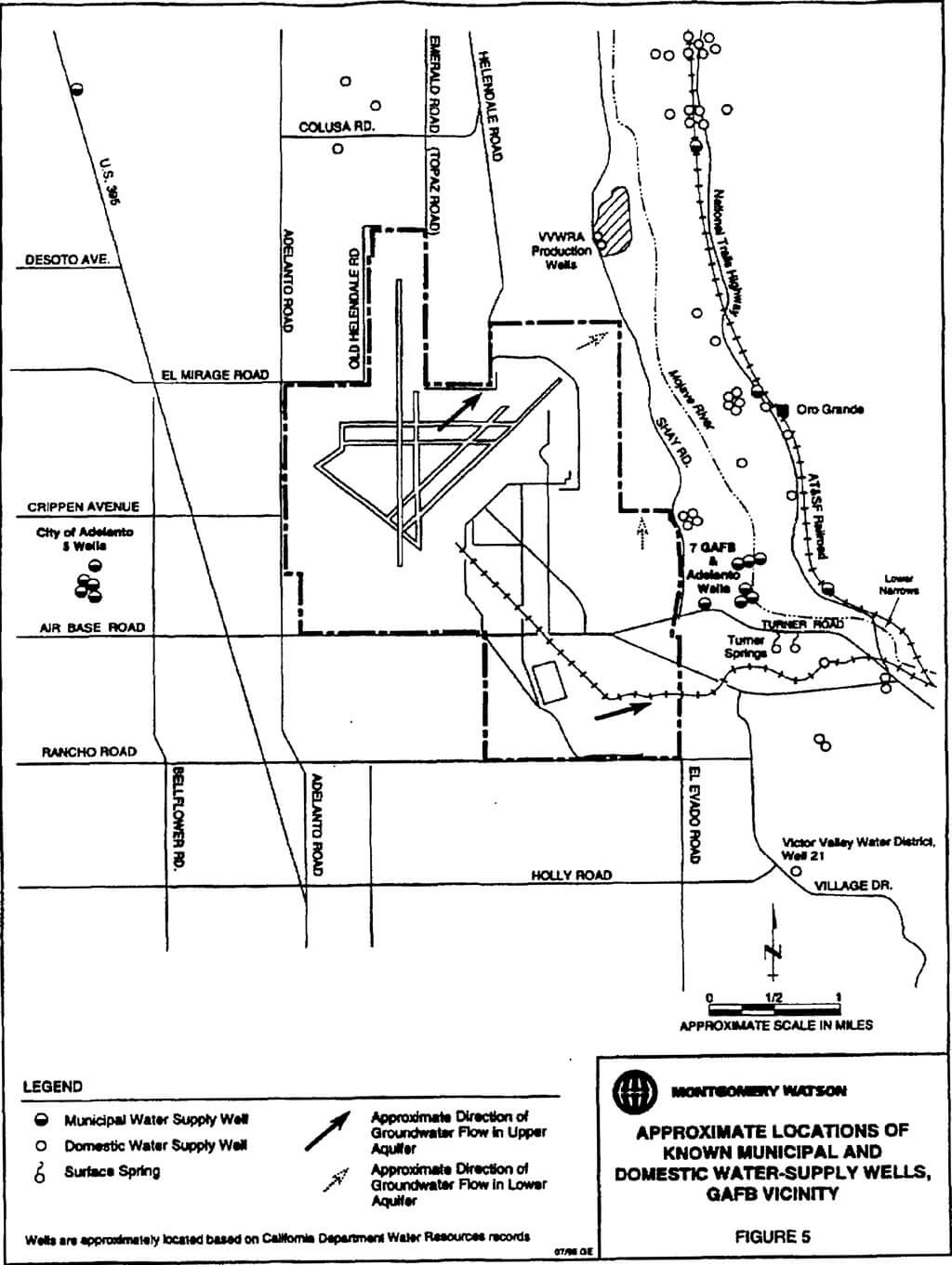
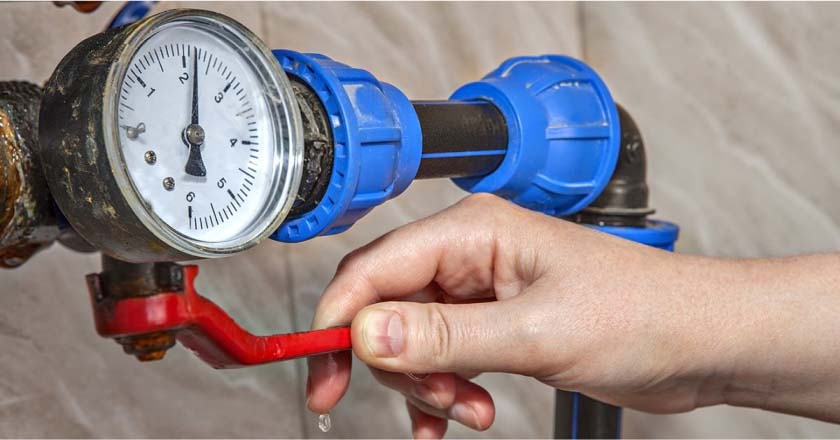
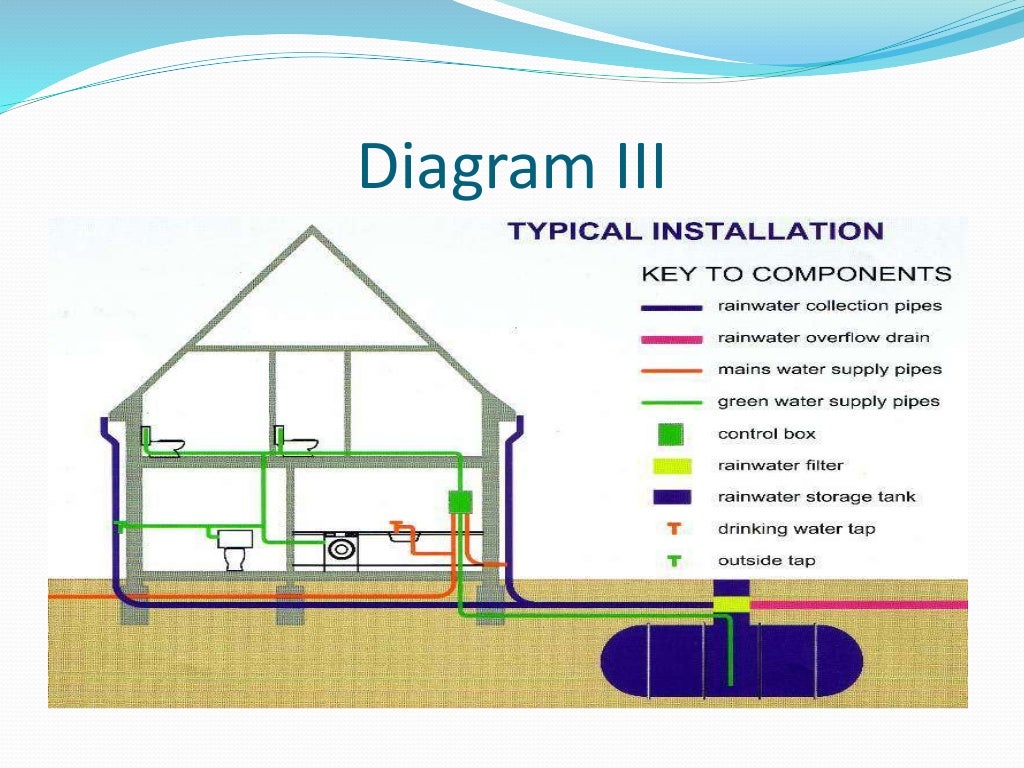


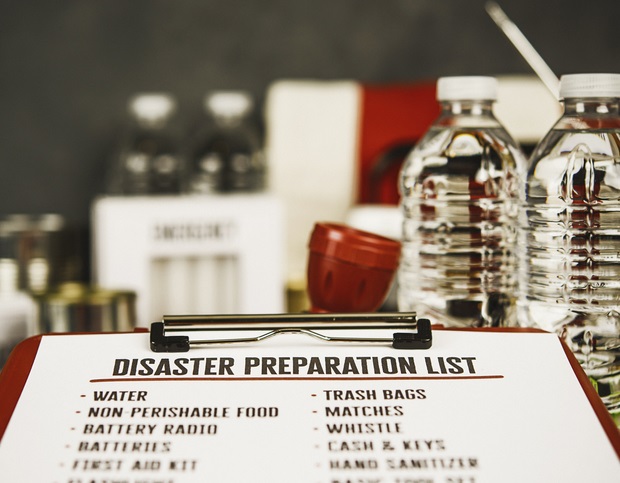

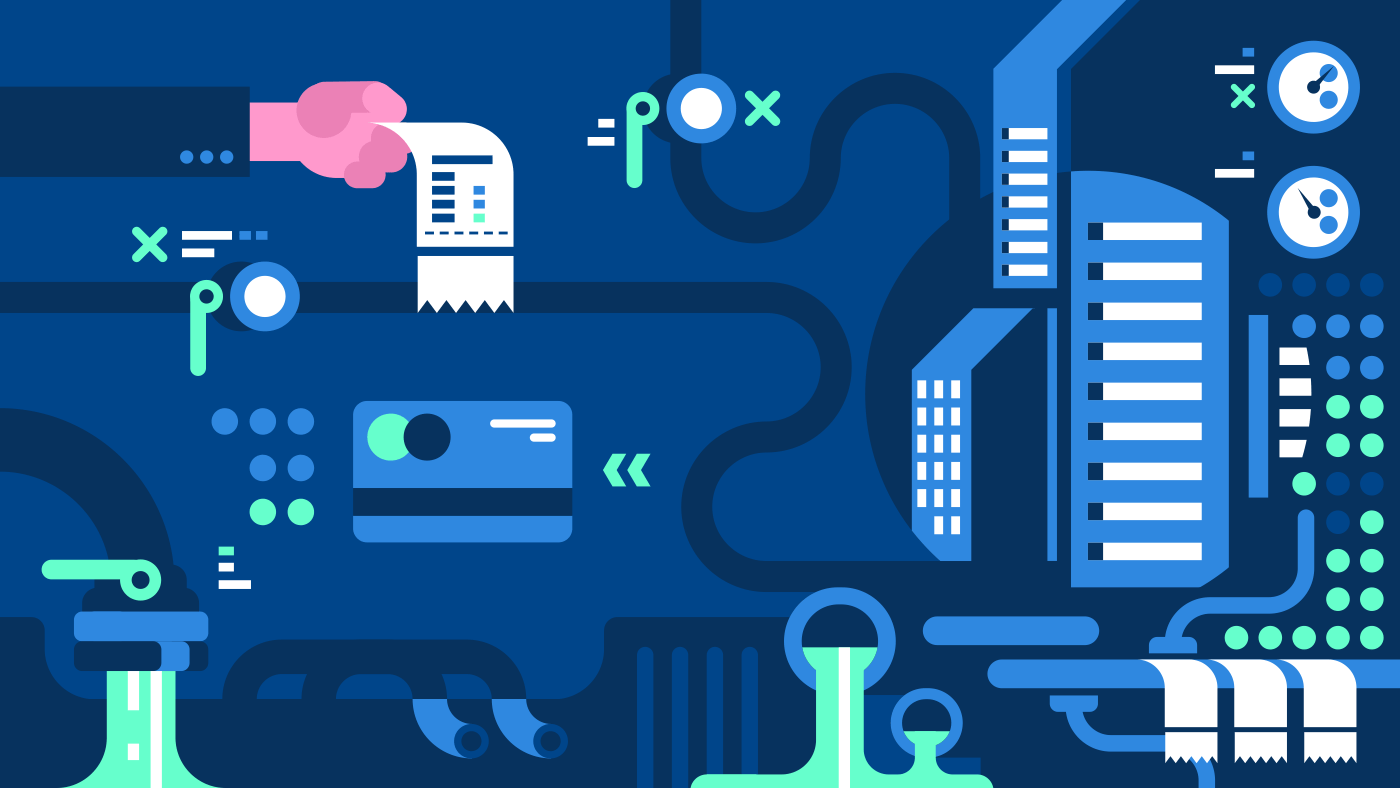
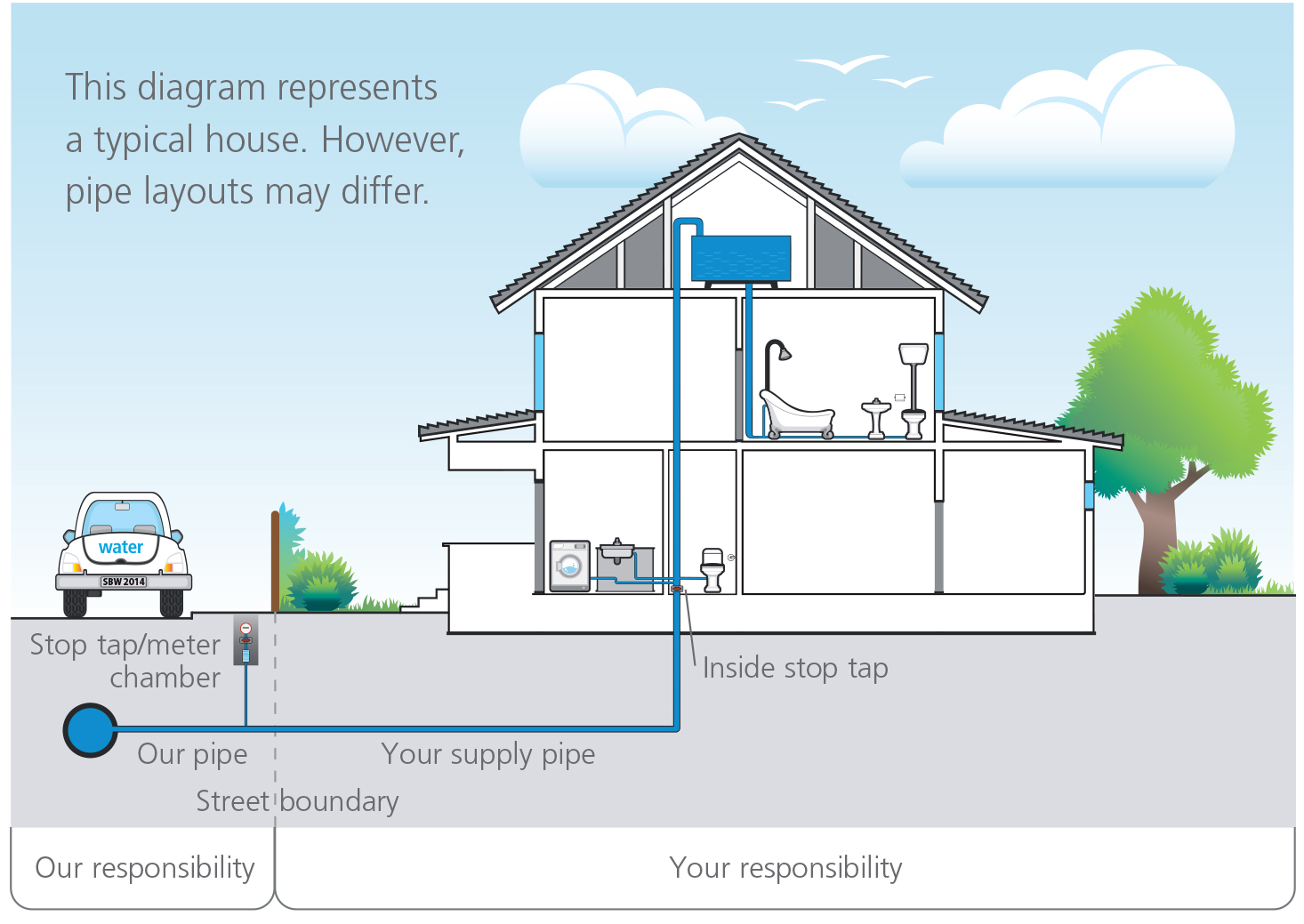
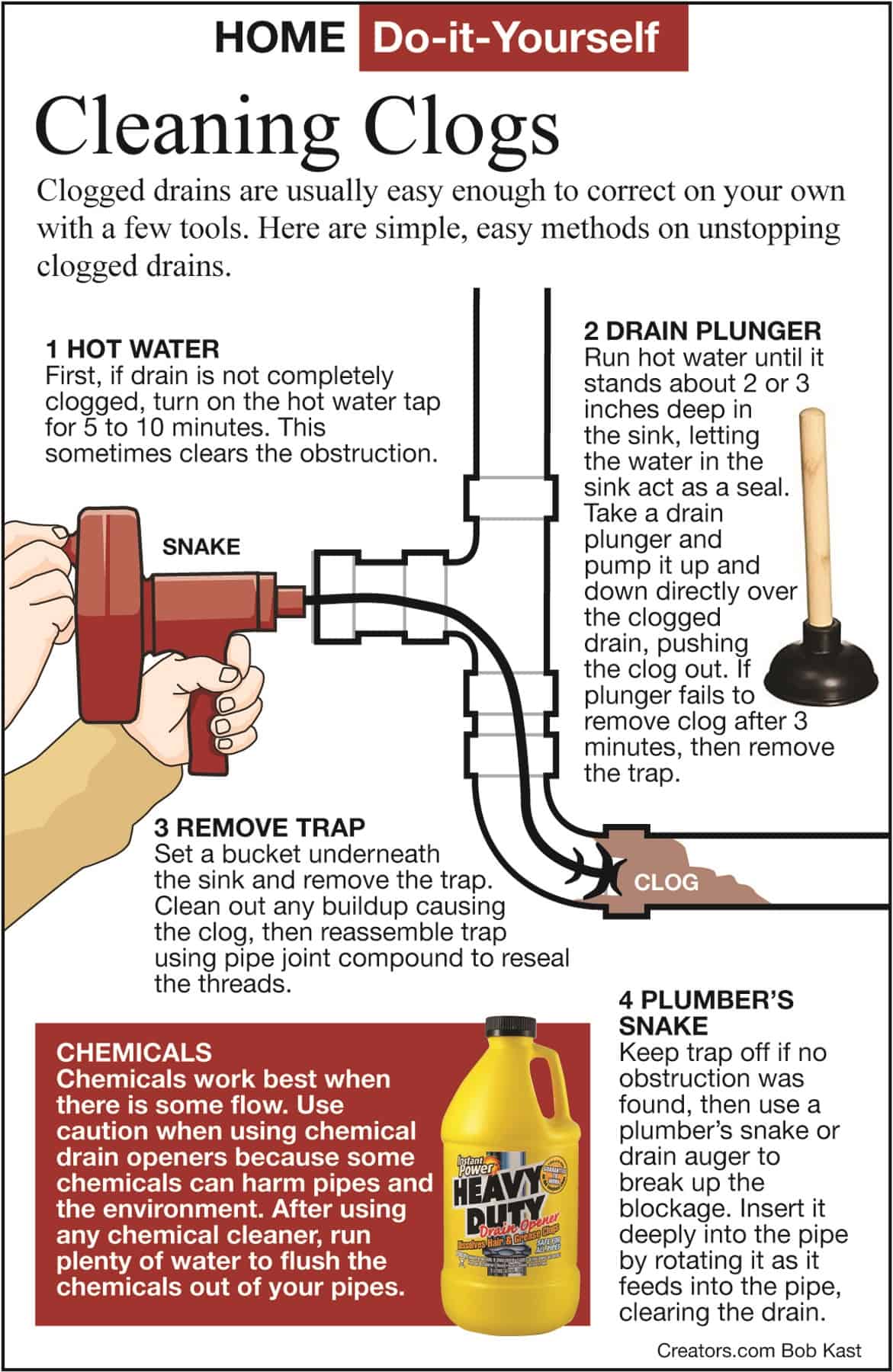
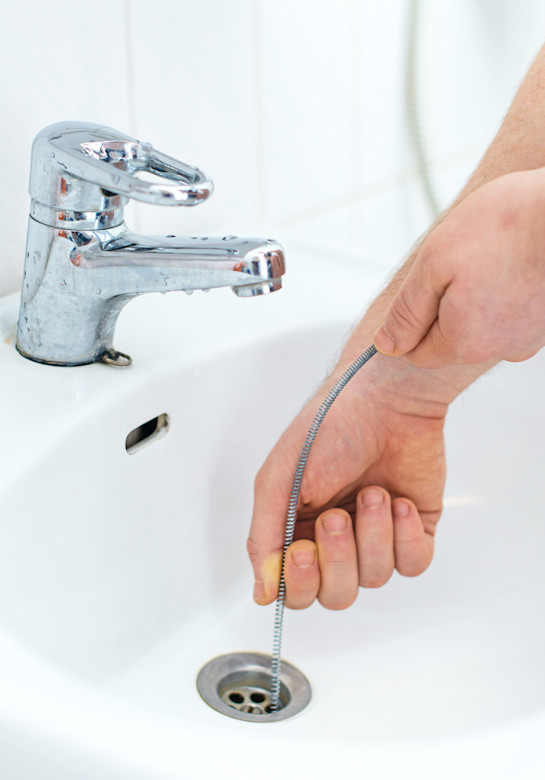
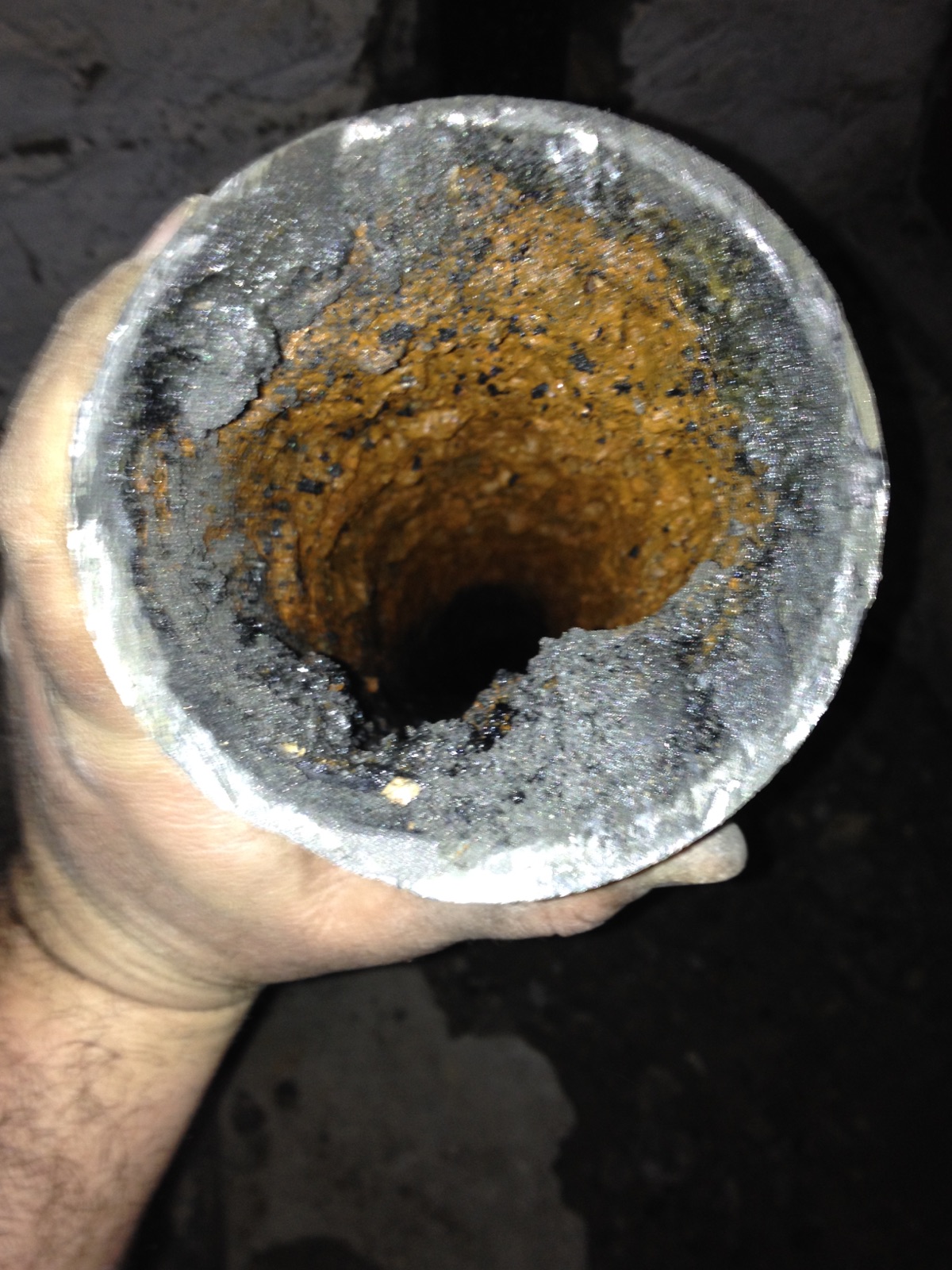
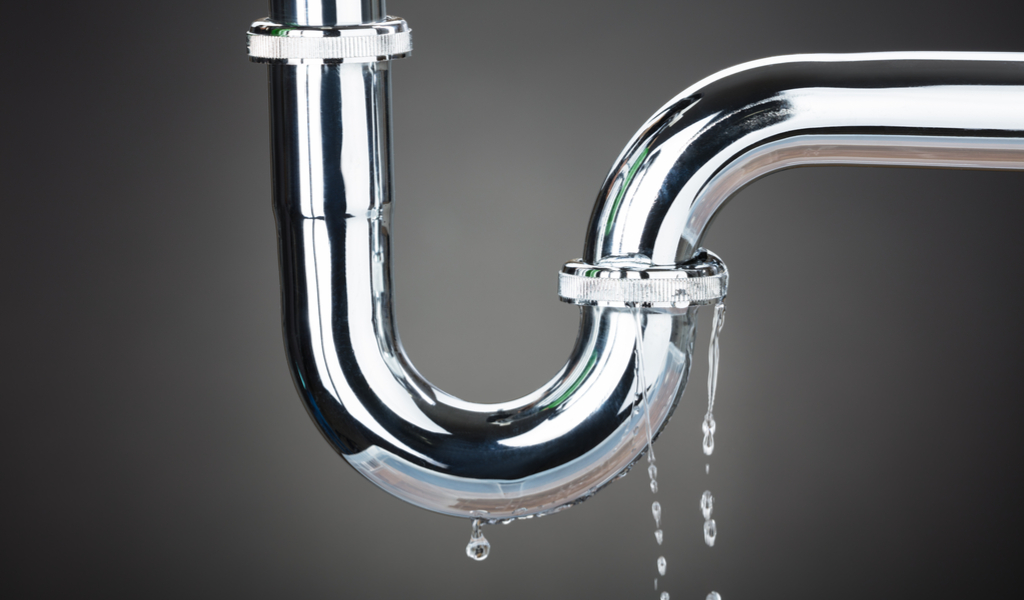






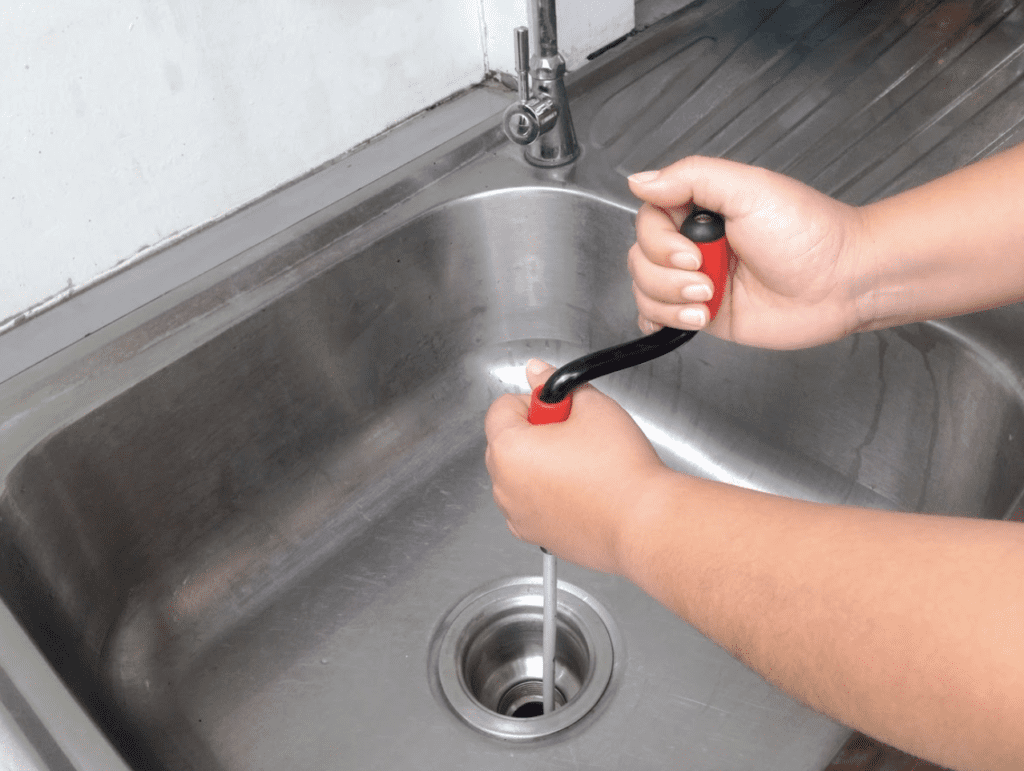


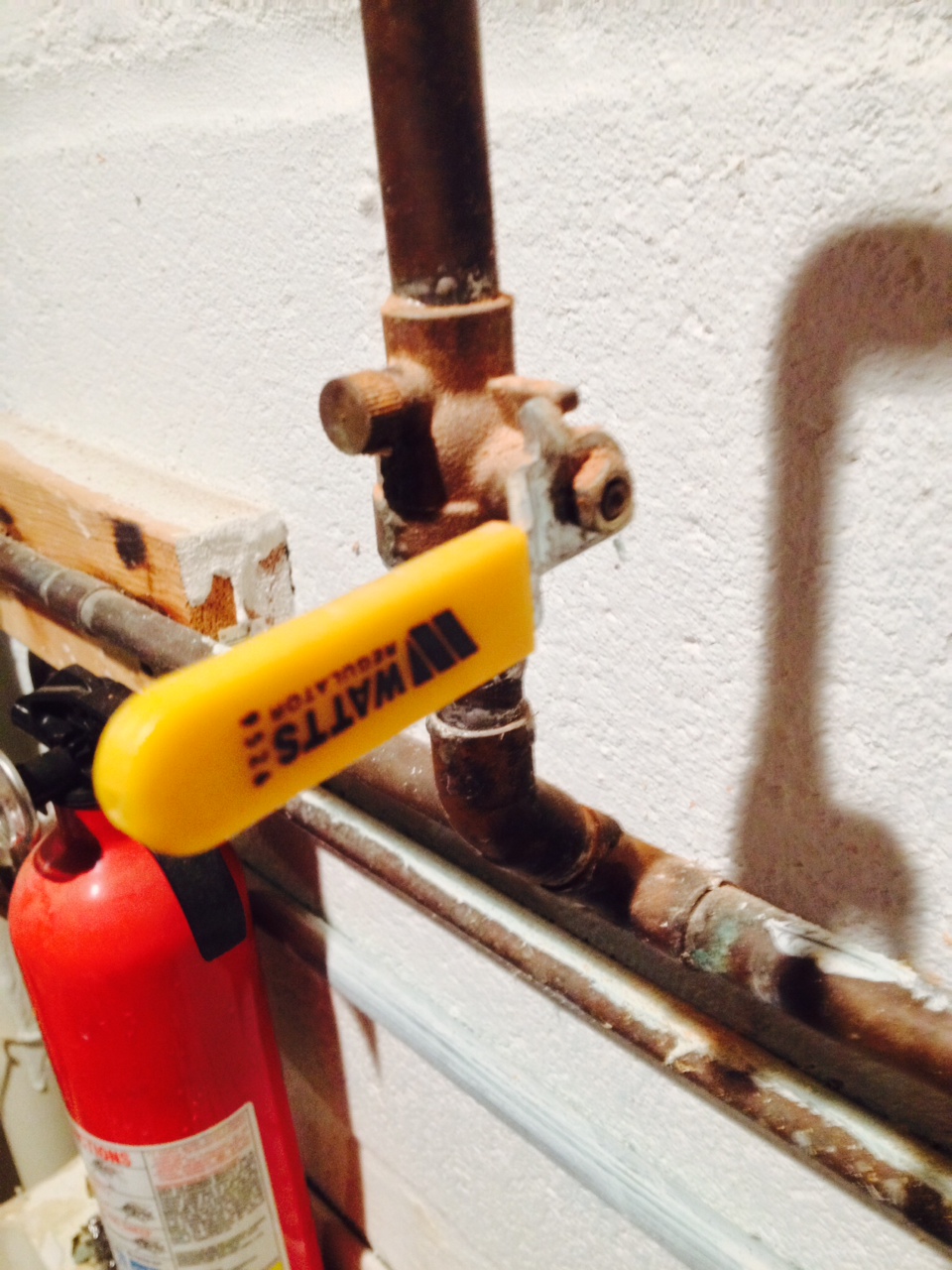

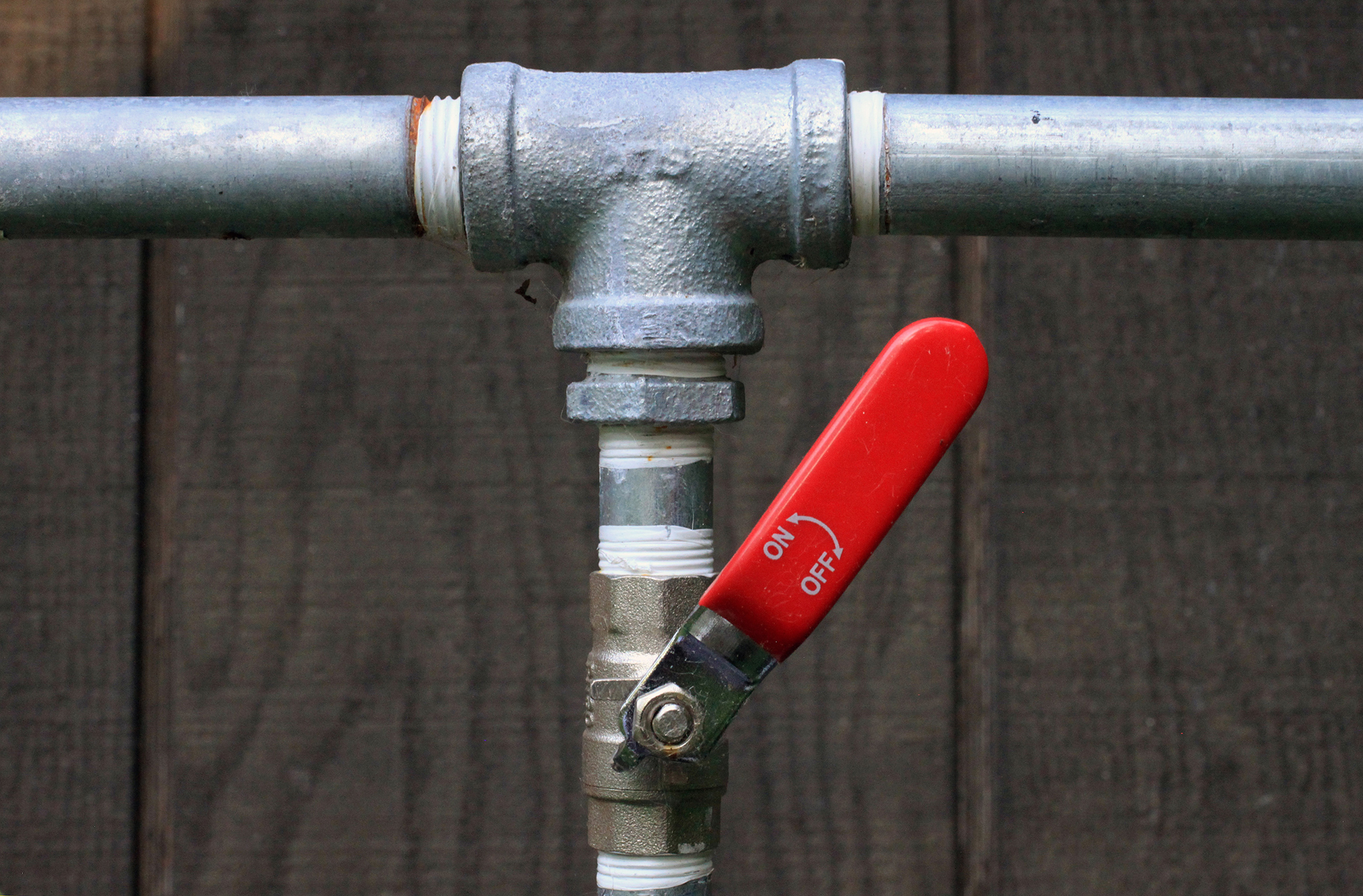



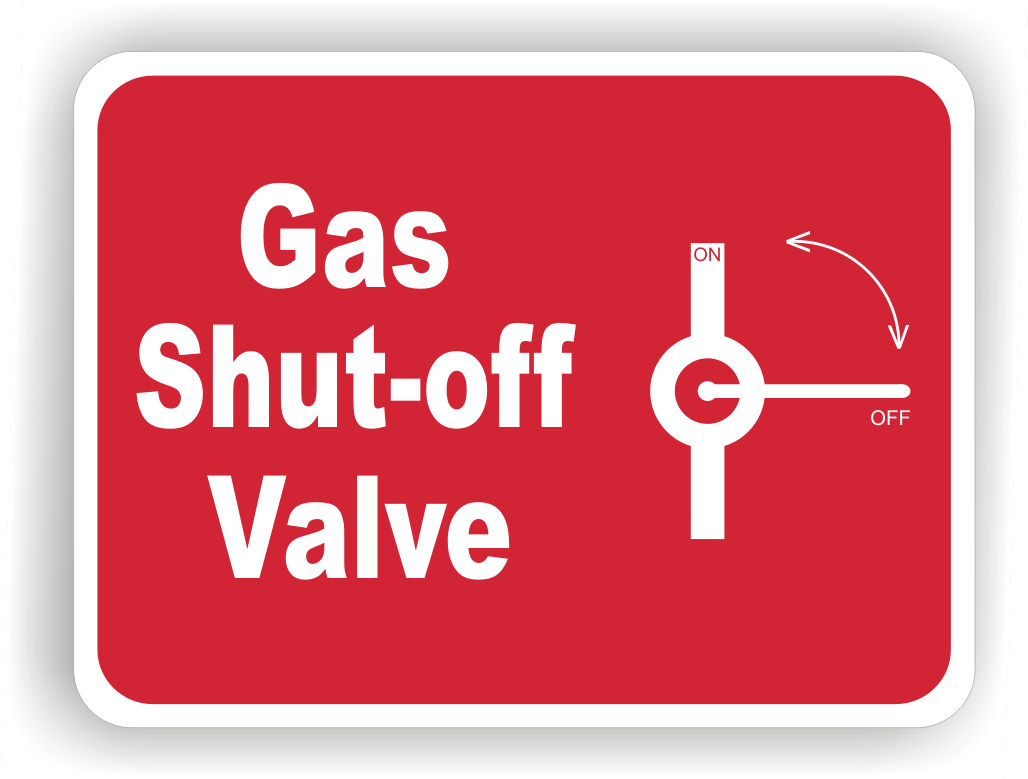





:max_bytes(150000):strip_icc()/the-men-s-hand-opens-the-ball-valve-on-the-collector-1006810456-5c5fc73fc9e77c000159c4af.jpg)









